Have you been feeding your sourdough starter and… nothing’s happening? Maybe it’s flat, sluggish, or smells a little off? You’re not alone! This happens to lots of sourdough bakers, especially in the beginning.
In this post, I’ll walk you through how to fix a sourdough starter that isn’t rising and share simple tips to keep your starter strong, active, and ready for baking.
Let’s save your starter—and your sourdough dreams!
This post may contain affiliate or sponsored content.
Pin for later:

What’s Going Wrong With My Starter?
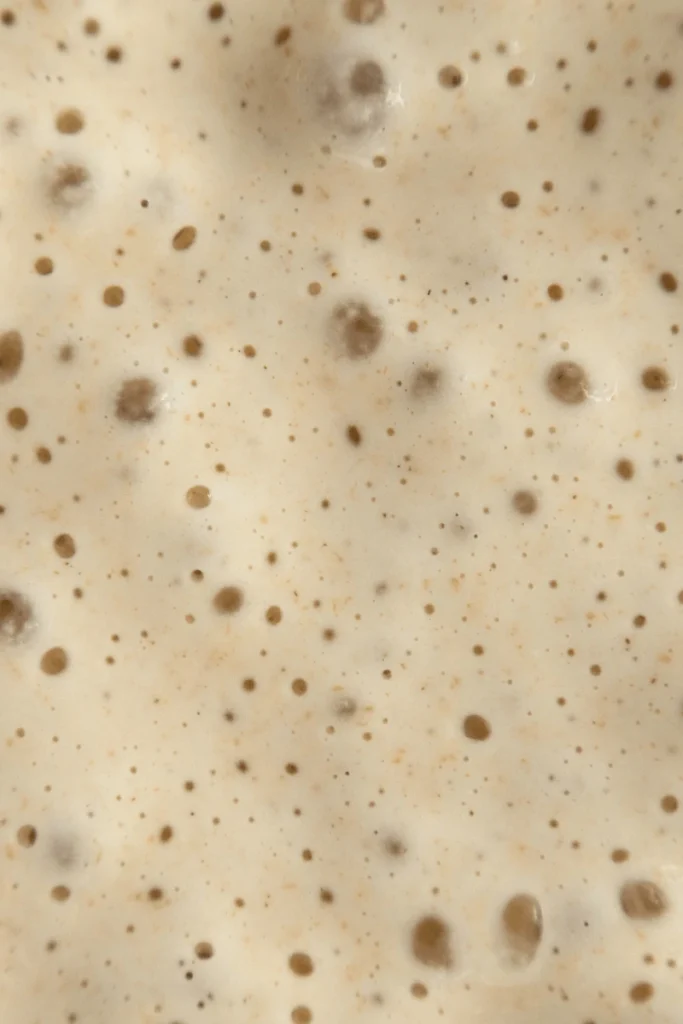
If your sourdough starter isn’t bubbly, rising, or smells funky, it might just need a little extra care. Here are common signs your starter isn’t doing well:
-
It’s not rising or doubling in size after feeding
-
It has very few or no bubbles
-
A dark liquid (hooch) forms on top
-
It smells like dirty socks, cheese, or something rotten
-
The texture is too runny or too thick
If this sounds familiar, don’t throw it away! Most of the time, it can be fixed easily.
How to Fix a Weak or Inactive Sourdough Starter
1. Feed It More Often
If your starter isn’t rising, try feeding it twice a day for a few days instead of once.
Discard most of it (leave about 1 tablespoon), and feed it 75% flour and 25 % water.
Example: 50g starter + 75g flour + 25g water.
2. Switch to Whole Wheat or Rye Flour
Whole grain flours such as King Arthur Whole Wheat Flour or Bobs Red Mill Rye Flour are full of wild yeast and good bacteria, which help your starter come back to life faster.
You can switch back to all-purpose flour once it’s healthy again. 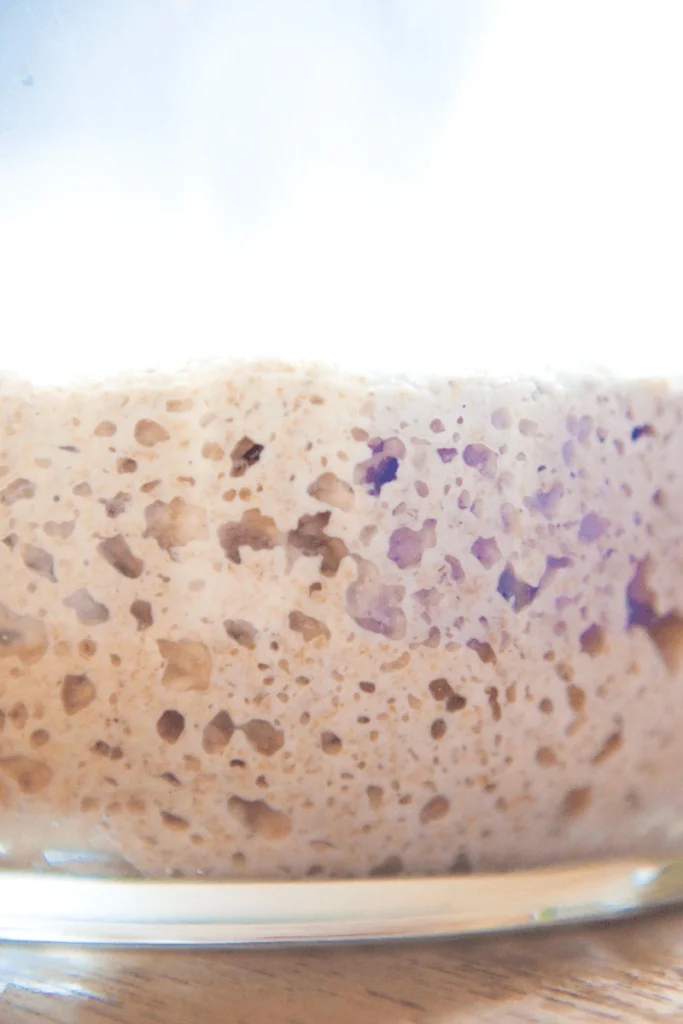
3. Keep It Warm
Starters love warmth! The sweet spot is around 75°F (24°C).
Try placing your jar:
-
In the oven with the light on (but oven turned off!)
-
On top of the fridge
-
Near a warm window (but out of direct sunlight)
- Next to a warm wood stove
Cold temperatures slow down fermentation and can make your starter look inactive.
4. Use Warm Water
Cold water can really slow things down. Using lukewarm water (around 75–85°F or 24–29°C) helps kickstart the fermentation process by giving the wild yeast and bacteria a cozy environment to grow. This is especially helpful in colder months or if your kitchen tends to be cool.
Avoid hot water, though—it can kill the good microbes you’re trying to nurture. A good rule of thumb: the water should feel warm but not hot to the touch, like a comfortable bath.
If your starter is sluggish, switching to warm water can make a noticeable difference in how quickly it starts to rise and bubble again.
5. Always Discard Before Feeding
If you don’t discard before feeding, you’re just adding flour and water to an already weak mix.
Keep your starter small and fresh: discard most of it and only feed a little at a time until it’s bubbly and active again.
How to Keep Your Starter Strong and Healthy
Once your starter is rising and full of bubbles again, here’s how to care for it long-term, be sure to check out my Sourdough Starter Maintenance guide for more details:
-
Feed it daily if you keep it on the counter
-
Store it in the fridge and feed it once a week if you bake less often
-
Use the float test to check readiness: drop a small spoonful into a glass of water—if it floats, it’s ready to bake!
Common Sourdough Starter Questions
What is hooch?
That dark liquid on top is alcohol from fermentation. It means your starter is hungry. Pour it off or stir it in, then feed it.
My starter smells like vinegar or nail polish. Is it bad?
Nope! That means it’s hungry or out of balance. More frequent feedings will help.
Can I change flours?
Yes! Your starter can adapt to new flours—just switch gradually or mix types.
Should I start over if it’s not working?
Usually not! Try reviving a small scoop of your old starter with fresh flour and water—it often comes back stronger than before.
Sourdough Starter Health Checklist
Keep this list handy as a reminder that your starter is doing well:
- Doubles in size within 4–6 hours after feeding
- Has a pleasant, tangy smell (not stinky or rotten)
- Full of bubbles, not flat or separated
- Has a thick, pancake batter consistency
- Floats when tested in water (just before baking)
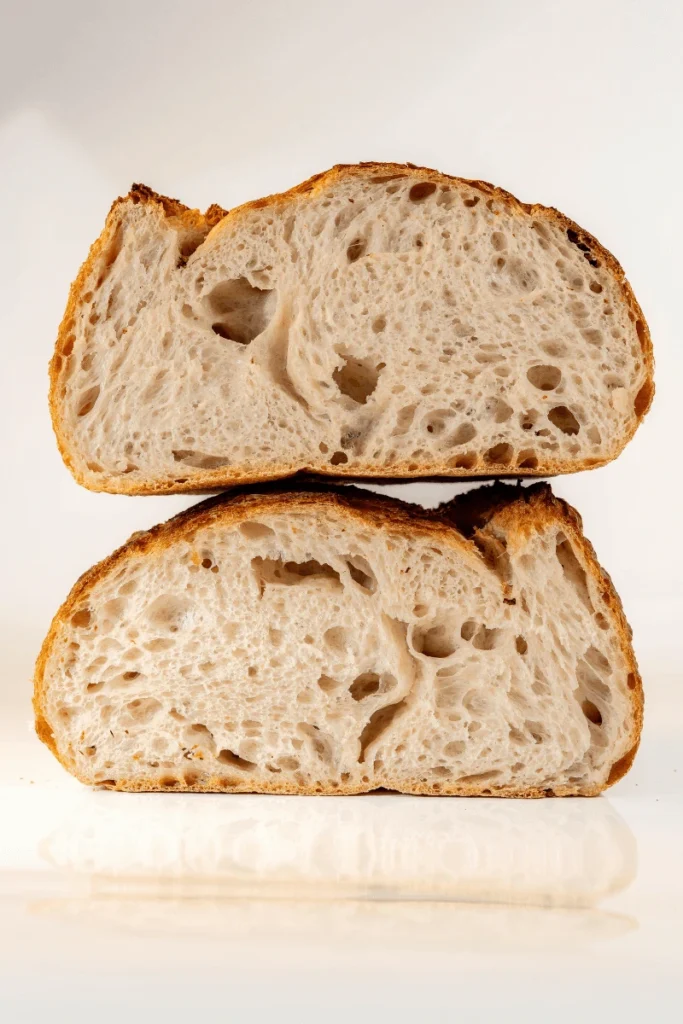
Let’s Chat!
Have questions about your sourdough starter? I’d love to help!
Leave a comment below or tag me on Instagram @shakanranch with your sourdough stories and photos. I’ve been through it too, and I’m here to cheer you on.
If this post helped you, feel free to share it with a fellow sourdough lover. And don’t forget to subscribe to my YouTube channel for more simple sourdough tips and recipes.
Happy baking!
How to Revive a Weak Sourdough Starter
Equipment
- A clean jar
- Whole wheat or rye flour (for extra strength)
- Lukewarm water (not hot!)
- Kitchen scale (optional, but makes things easier)
Instructions
- Daily Routine (Do this morning and evening)
- Discard Most of Your Starter: Scoop out and throw away all but 1 tablespoon of your starter. This gives the new feeding room to grow and keeps your starter fresh.
- Feed It 75g whole wheat or rye flour, 25g lukewarm water.
- Mix it well until it’s smooth and thick, like a thick pancake batter.
- Keep It Warm.
- Keep Going for 3–5 Days
Notes
- Inside the oven with the light on (oven off!)
- On top of the fridge
- Near a warm appliance or wrapped in a towel
• Bubbles forming
• A cleaner, sour smell
• It rises higher and faster after feeding When It’s Ready to Bake: Look for these signs:
• Doubles in size within 4–6 hours of feeding
• Smells pleasantly sour (like yogurt or fruit)
• Full of bubbles
• Passes the float test (a spoonful floats in water) Pro Tip: While reviving your starter, use the discard to make quick recipes like pancakes, crackers, or muffins—no waste, and super tasty!

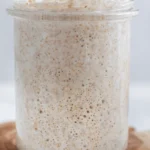
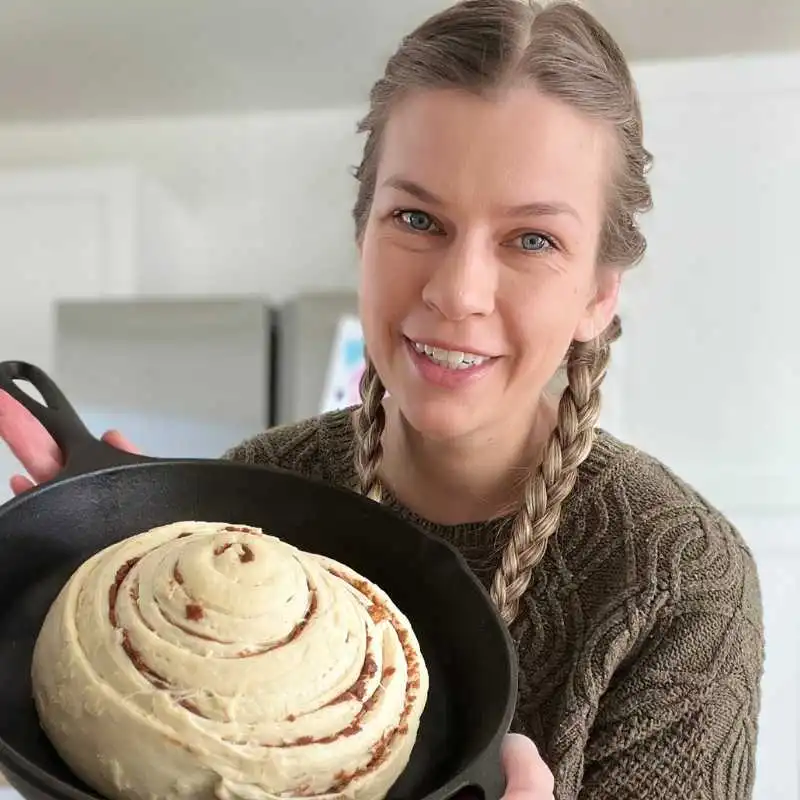
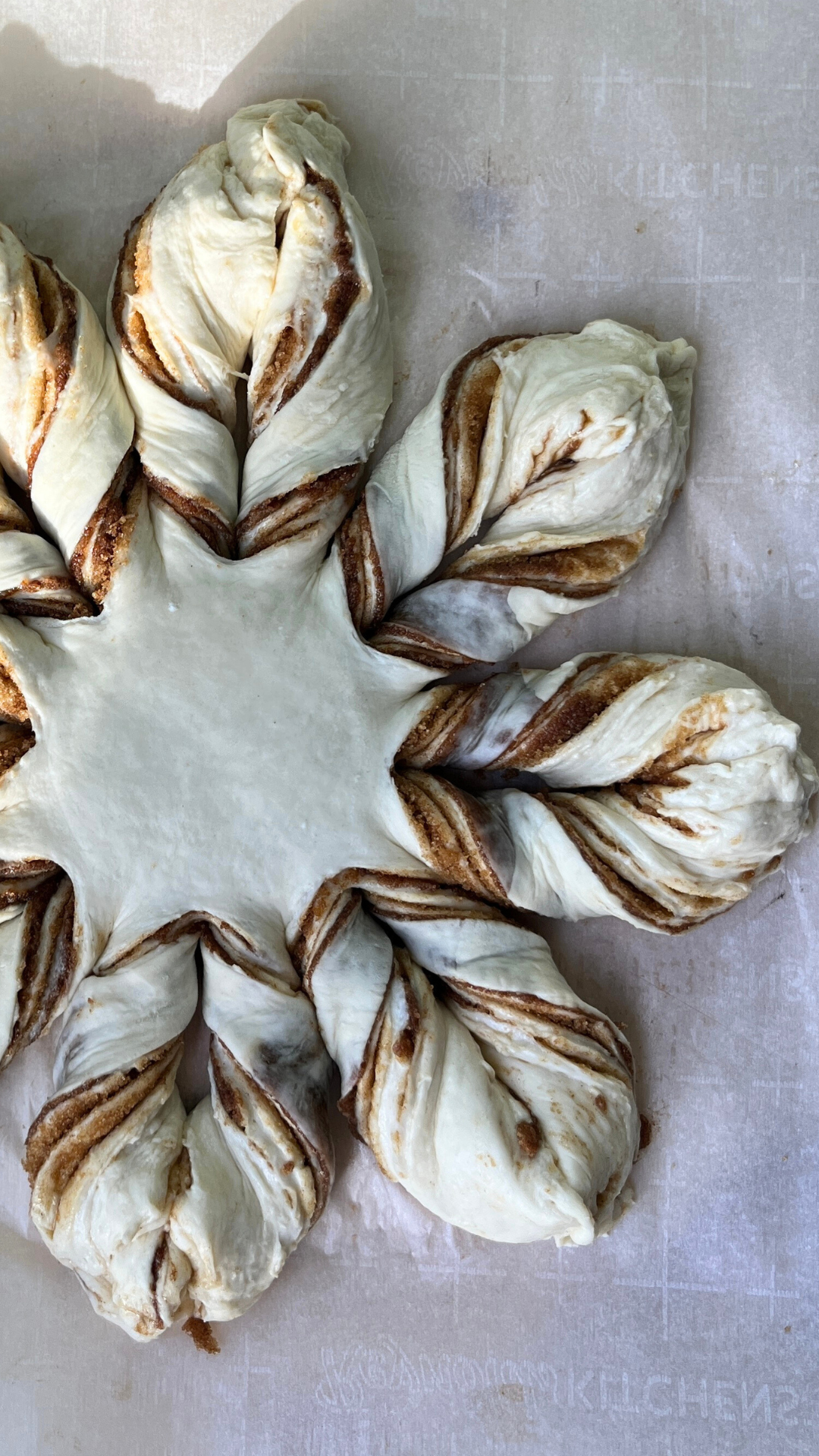




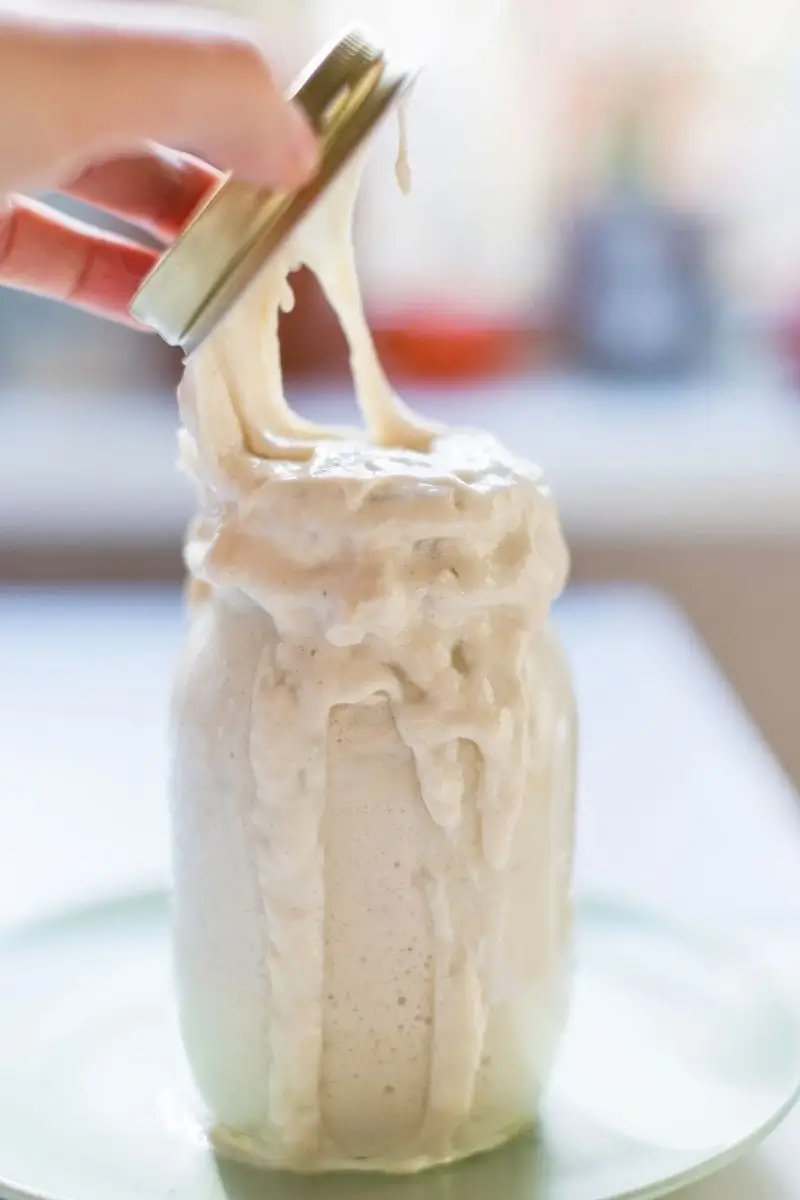




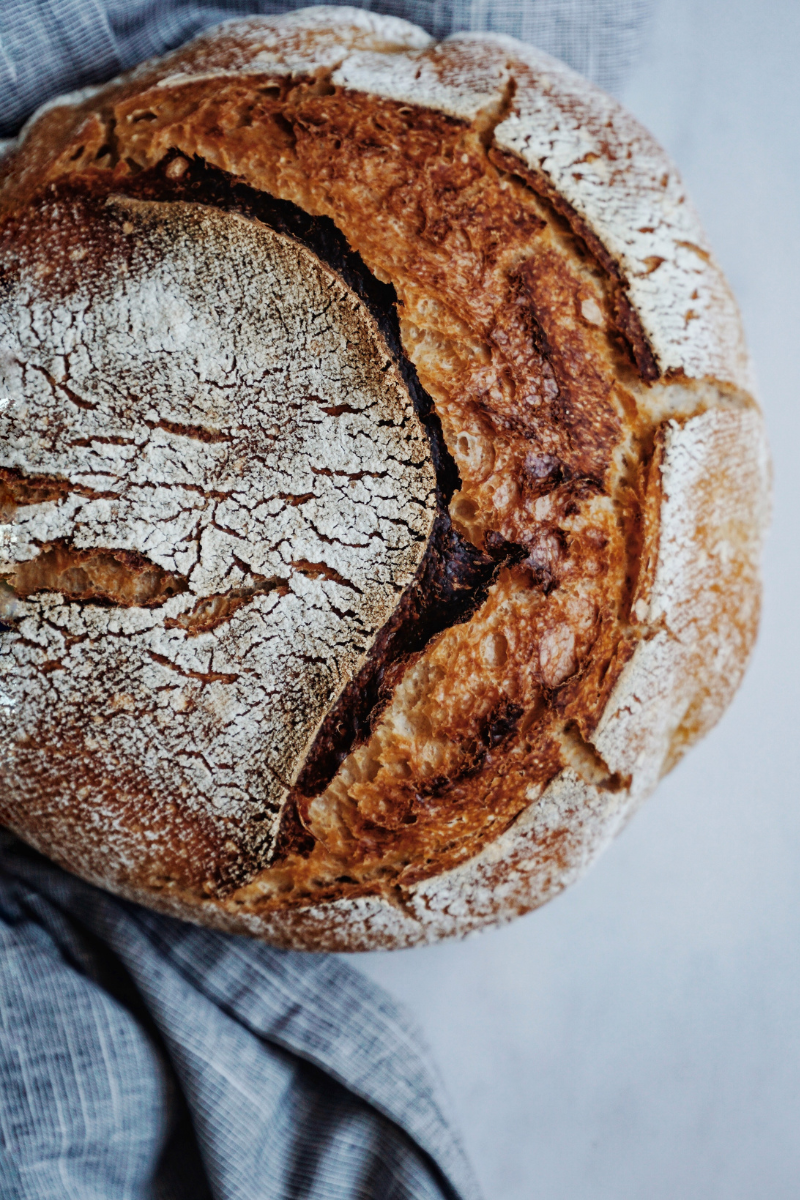
Leave a Reply